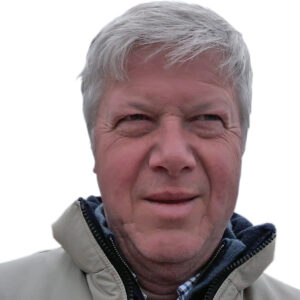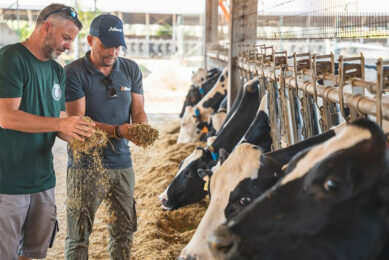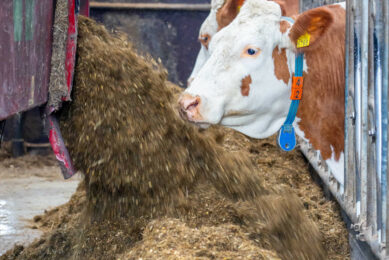Dairy conference: Protein self-sufficiency and sustainability
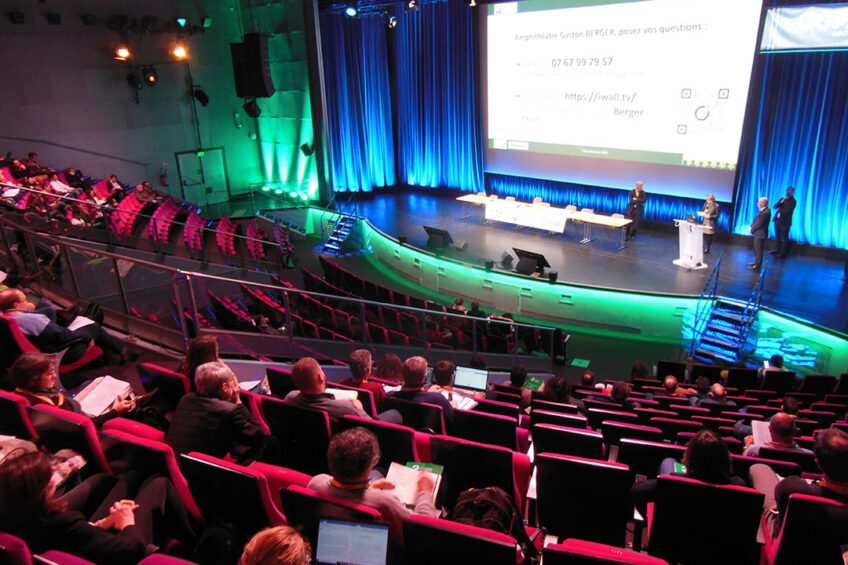
The 26th edition of the 3R biannual conference put a spotlight on various hot topics in the dairy sector, mainly focussed on farm cost reduction and sustainable production. From genetics to the economics of dairy farms, there was an extensive range of other topics addressed during the conference.
The 3R Conference (‘Rencontres, Recherches Ruminants’ – which translates to Ruminant Research Meeting) took place at the Paris la Villette convention centre on 7 and 8 December 2022, was attended by more than 600 delegates and co-organised by INRAE (The French Agricultural Research Institute) and Idele (the French Livestock Institute).
Use of grass and protein self-sufficiency
Several presentations were focussed on the use of grass by the animals and on the research around more being more self-sufficient in protein.
A preliminary INRAE study aimed to determine links between grazing behaviour recorded by activity collars and the individual performance of 2 groups of 10 dairy cows grazing 2 permanent pastures varying in botanical diversity. From the times of ingestion, rumination and rest, and the number of sequences of each of these activities, 3 behavioural profiles were highlighted.
When cows expressed a behaviour that is more selective they gave higher milk yields, with higher fat and protein contents and maintained a higher body condition score. Effects of the breed and paddock were seen within grazing behaviour profiles – Montbéliardes were more selective and selectivity is associated with the level of biodiversity of the plot.
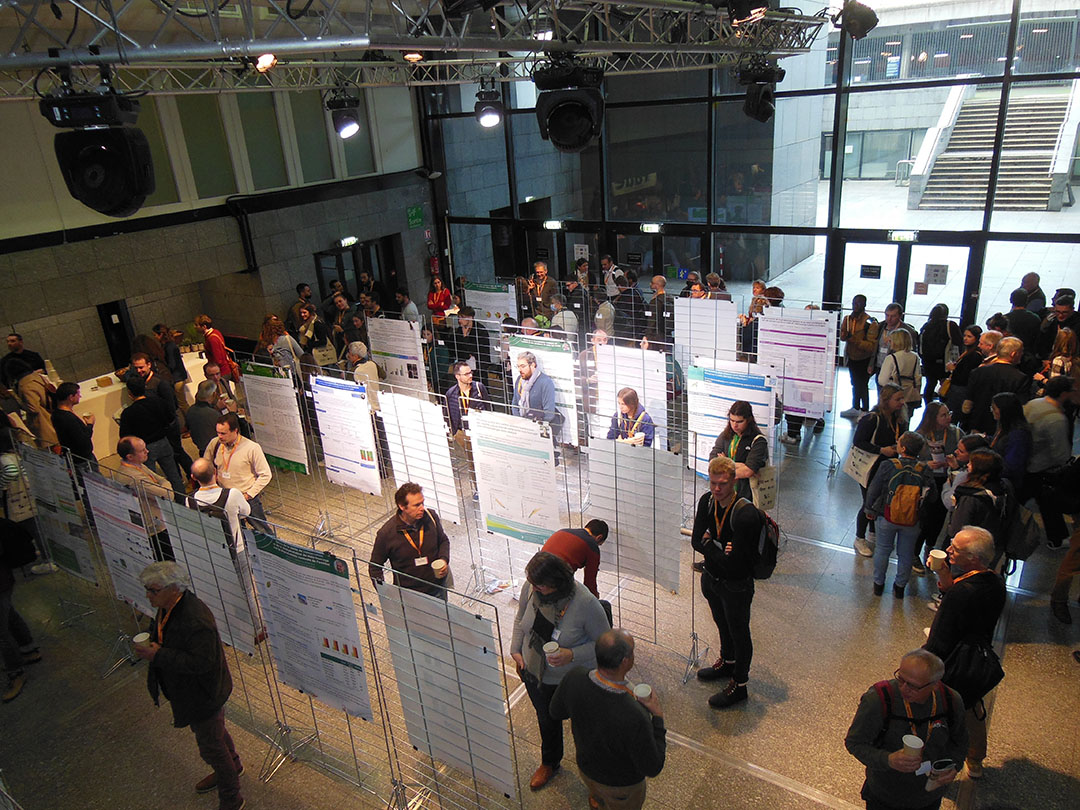
In another presentation, Martino Musati from the University of Catania (Italy) concluded that “cows grazing a highly biodiverse and tannin-rich area showed a different milk fatty acid profile than cows grazing a less diverse plot”.
In his presentation about protein self-sufficiency in French ruminants farms, Jérôme Pavie from Idele recalled first that France imports 1.5 mt of soybean meal annually, 44% of which is consumed by ruminants (mainly dairy cows). Protein self-sufficiency varies according to farming systems: 86% in beef cattle, 83% in meat sheep, 70% in dairy cattle, 68% in dairy sheep and 47% in goats.
Then Jérôme Pavie described the challenge of the 2030 Protein Plan launched by the French government in December 2020, the objective of which is to ensure France’s protein self-sufficiency by 2030 (see box: The Protein Plan).
Dairy cow intra-herd diversity and robustness
A study was carried out by INRAE using data from milk control and surveys. It covered 92 dairy herds and was over 17 years (2000 to 2016). Intra-herd diversity was characterised by 3 elementary diversity indexes that respectively account for genetic diversity, diversity of physiological stages and diversity of lactation ranks, as well as by a synthetic index of intra-herd diversity (sum of the 3 elementary indexes). “Our results show that intra-herd diversity is associated with a greater stability of herd performances and is perceived by the farmers as a lever to adapt to the specificities of their system,” concluded the authors.
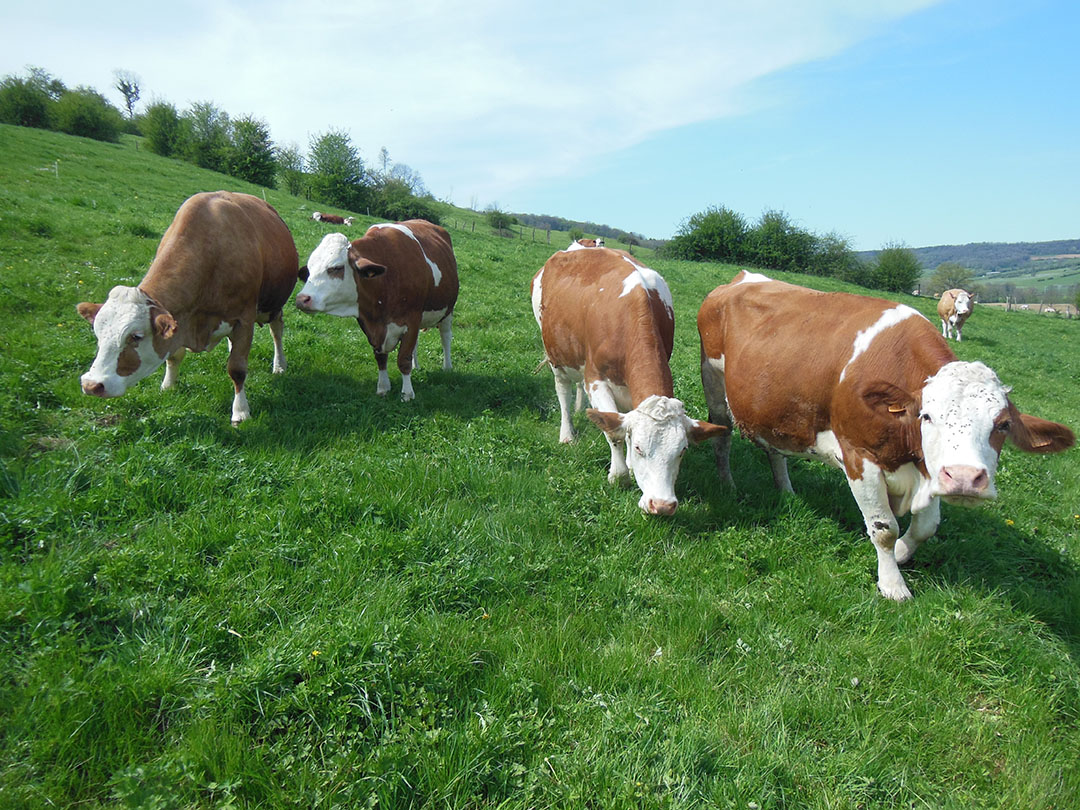
Measuring enteric methane
The objective of a study presented by INRAE at the 3R was to construct a protocol for measuring the methane emitted by dairy cows on pasture, with a tool called Laser Methane Detector (LMD).
To quantify the methane emitted, the LMD proves to be a reliable, easy to use tool (portable tool 20cm long). This device measures a concentration of methane in the air, by absorption spectroscopy, between the LMD and the target point of the laser.
The definition of measurement parameters at the LMD took place in a pre-test phase. Then, a measurement protocol containing the measurement time as well as the distance and position of the operator from the animal was established. The position, activity and behaviour of the animal was recorded for each measurement.
“Application of this protocol during the trial demonstrated its reliability in pasture, on dairy cows,” conclude the authors of this interesting study, adding that the influence of several factors such as climatic conditions, time of measurement, the animal studied and the operator could be observed.
“Methane emissions from the agricultural sector represent 7.6% of total greenhouse gas emissions in the European Union. Of these emissions, 90% are due to enteric fermentation in ruminants. Reducing the methane emitted by these farms is therefore a real issue,” added the authors.
Economy: Dairy farms have lower income
Based on a multi-year average of 11 years (2010 to 2020), Vincent Chatellier’s (INRAE) presentation showed that the family farm income per non-salaried agricultural work unit of dairy farms (€25,100 on a national average in constant 2020 currency) is 15% lower than the average for all farms. It also emphasises that the dispersion of this indicator is lower in dairy production than in other farming types.
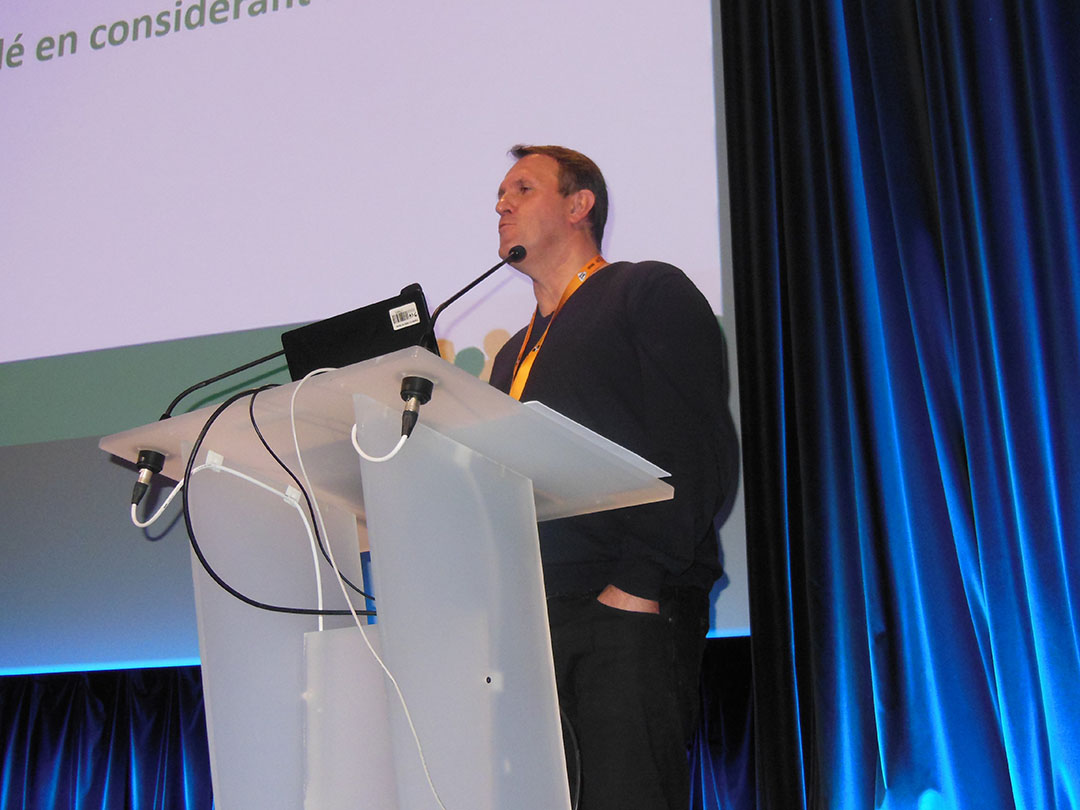
Regarding recent trends in the French dairy production sector, Chatellier explained that the percentage of dairy cows reared in barns of more than 100 heads rose from 11% in 2010 to 33% in 2019 (a level which was gradually approaching the threshold of 50% exceeded in most major European countries). Since 2019, the rate of appearance of these large structures has been under the effect of several factors (labour shortage, cost of robots, low remuneration for dairy production).
“Without a substantial change in the levels of remuneration allowed (for hiring and/or investing), the trend projections (-441,000 dairy cows between 2021 and 2030) carried out for the CNIEL, by integrating agricultural demography and growth behaviour, are probable,” concluded Chatellier.
Join 13,000+ subscribers
Subscribe to our newsletter to stay updated about all the need-to-know content in the dairy sector, two times a week.


